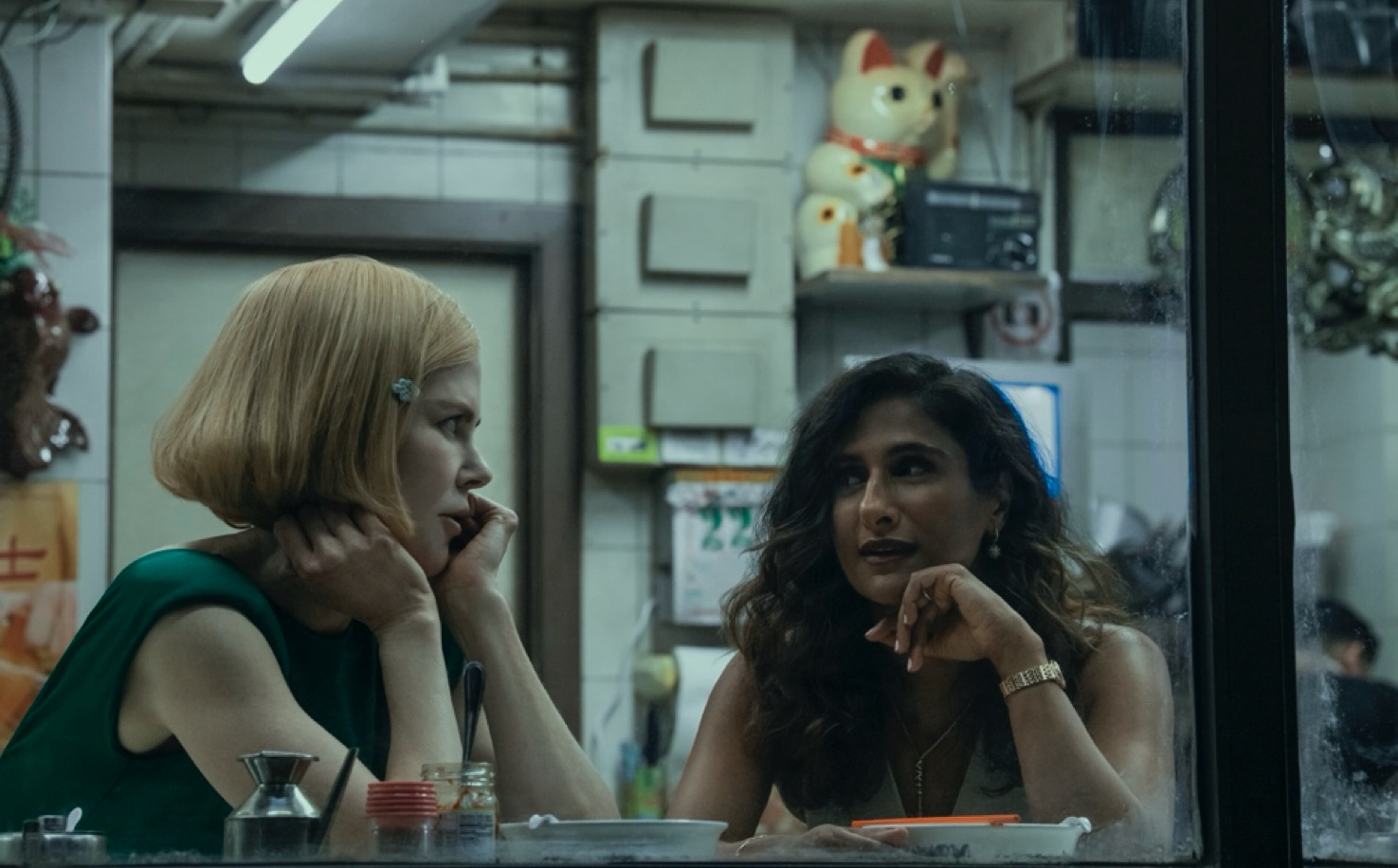 Journalist K.W. Lee speaks at an Asian American Journalists Association panel in 2010.
Journalist K.W. Lee speaks at an Asian American Journalists Association panel in 2010.
Photo credit: Hyungwon Kang
Over the years, KoreAm has documented the impact of the 1992 Los Angeles riots on ours and other communities, and urged an understanding of lessons learned. As we count down to the 20th anniversary next year, charactermedia.com will be running a riot article, image or testimonial in this space every week until April 29, 2012. Some will be taken from our pages, while others will be excavated from our own personal archives. We welcome your submissions—first-person memories (no word limit), pictures, poems and (photographed/scanned) artifacts—for this project, too. Please email them to riots@charactermedia.com. Many of us were mere children in 1992, but 19 years later, we have voices. We can speak now.
Here’s an article from KoreAm‘s September 2010 issue.
18 Years and Counting
Korean Americans have made great strides since the 1992 Los Angeles riots, but how will we leverage those gains to head off the fire next time?
By Peter Hong
A few minutes before a community “town hall” meeting on the 1992 Los Angeles riots was to start, the panelists fretted over whether they would outnumber the audience. Soon enough, though, the small hotel meeting room in Hollywood filled up with a couple dozen members of the Asian American Journalists Association, which was hosting the event last month at its national convention, and their guests.
Many, if not most, of those in the audience were young children in 1992. Looking at the sparse and youthful crowd, I thought, “You may well have your own Los Angeles riot soon enough.”
I was about their age in 1992, and I remembered how an historical curiosity for them was for me a defining, life-shaping event.
This was actually the second time AAJA held a town hall on the riots. The last time, in 1993, hundreds packed a large auditorium for something like a massive therapy session. There was plenty of shouting and some tears, with the whole horrible mess still fresh in everyone’s hearts and minds.
Anger and determination were the emotional byproducts for a few years after the last flames went out. News organizations pledged to diversify their staffs, politicians and business leaders promised to elevate living conditions in the inner city, and some Korean Americans in school or the early stages of their careers made their own vow: “Never again!”
In my case, I decided to return to Los Angeles from my fledgling reporting career in Washington, D.C. I’d planned to spend a career reporting on national politics, but the riots awakened in me a desire to work at street level covering the political, economic and social forces that collided, then exploded, in Los Angeles.
For Korean Americans—and more broadly Asian Americans—the riots were the kind of hard kick in the head that makes you see why you’re losing a fight. We were voiceless, it seemed, in the news media, in politics and other spheres of influence. I don’t know how many Korean Americans made some kind of career change guided by the traumatic experience, but whatever the reason, that obscurity has long passed. Korean Americans are now elected officials, journalists and heads of universities.
Other minority groups also made surprising gains—two LAPD chiefs have been African Americans since the riot, and we now have the nation’s first African American President and a Mexican American mayor of Los Angeles.
Still, I think the question is not whether there will be another riot, but when.
I say this because we must remember the 1992 civil unrest was not the first such explosion in Los Angeles. The first came in 1965. After the Watts riots, a commission convened by California Gov. Pat Brown produced a report that identified these root causes: high unemployment among blacks; poor education, including a 30 percent drop-out rate in the Los Angeles Unified School District; and lack of adequate health care.
The 1965 Governor’s Commission report was titled “Violence in the City: An End or a Beginning?” That question was answered 27 years later.
Indeed, a 1992 Assembly Special Committee Report on the Los Angeles crisis found that little progress had been made since 1965. While the median family income in Los Angeles in 1989 was about $34,000, it was $18,000 in South Los Angeles, the riot’s epicenter. Some 33 percent of South Los Angeles residents and 31 percent of Koreatown residents were living below the poverty level, the report said.
By many indicators, conditions today are as bad—or worse—than they were in 1965 and 1992 in the neighborhoods of the previous riots. High school graduation rates and unemployment have not improved. Blue collar wages have shrunk, and health insurance coverage has also continued to decline.
So while Americans, including Korean Americans, have made great, visible progress in many areas over the years, the underlying causes of the Los Angeles riots remain in full-force, if not more severe. The gap between the have-nots and have-lots has only widened.
Whatever influence Korean Americans have gained in the last 18 years will likely ensure our “community” is never marginalized as it was in the past. But we now must challenge ourselves in another way: how will we leverage the gains we’ve made to take on the growing poverty and inequality that is keeping our broader community—the one that includes non-Koreans—in danger of another riot?
If history progresses at the same pace of the past, we’ve got a bit less than 10 years to head off the next one. Let’s get busy.
Peter Hong is a deputy to Los Angeles County Supervisor Mark Ridley-Thomas, who represents Koreatown and the neighborhoods most affected by the 1965 Watts Riot and 1992 civil unrest. From 1994 to 2009, he was a Los Angeles Times reporter.






